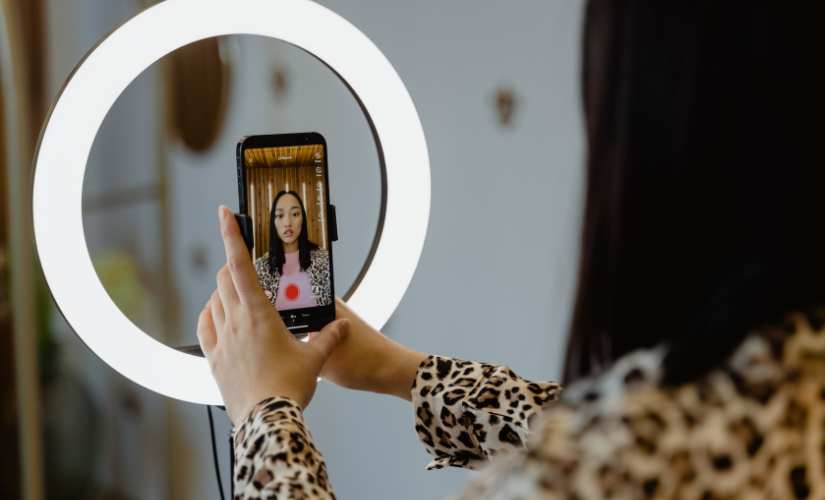Did Apple hit a bum-note with new iPad ad?
Apple is the Master of Marketing, with its class-leading products propelling it onwards to be one of the highest worth companies in the world. Its messaging has always been simple, visual, and brilliantly aspirational. However, the launch of its most recent iPad Pro has caused an exceptional amount of controversy. On this occasion, the tech giant, so famed for its innovation, made a creative faux pas.
The ad opens with an explosion of all things creative. Musical instruments, paintings, typewriters, sculpture…pretty much everything you need to a build your visionary masterpiece. Then, slowly and very surely, a huge hydraulic press crushes everything, revealing the new ultra-thin iPad Pro. Now, this is actually a brilliant bit of visualisation, and it cleverly captures the viewers’ attention via the viral hydraulic press trend, suggesting that all these magical tools fit rather nicely into your NEW and neatly portable iPad. Andin case you’re wondering, the concept was executed with the same well-honed panache we’ve all come to expect from an Apple advert.
Yet the proverbial hit the fan when some vocal social media users, famed creators, and even a handful of well-known actors, called the new ad out for killing creativity and the arts. Ouch! That’s clearly not the message Apple intended. Nevertheless, it’s how some viewers interpreted the unabashed destruction of some of the prized creative tools used to manifest beautiful music and exquisite artwork.
Apple did right thing, responding affirmatively and quickly. It apologised and explained that as a company it celebrates creativity – of course it does - whilst accepting that some people could be forgiven for misinterpreting the tech giant’s intentions. Original intentions reaffirmed, the rest of the world quickly moved on – and likely bought a new iPad.
The PR response was spot-on from Apple, but what could it have done to avoid the situation altogether? Rugged audience testing is at least part of the answer. Rumour has circulated that while some pre-screening happened, it was potentially only to consumers already in a full-blown love affair with Apple products. Using a wider spectrum of non-Apple folk, may have yielded extra data that might have made destruction by hydraulics a no-go.
The lesson too is that big adverts cost, so it’s critical to have the most infallible sense of audience perspective – existing and new audiences – before you hit anyone’s screen.



.png)
.png)
